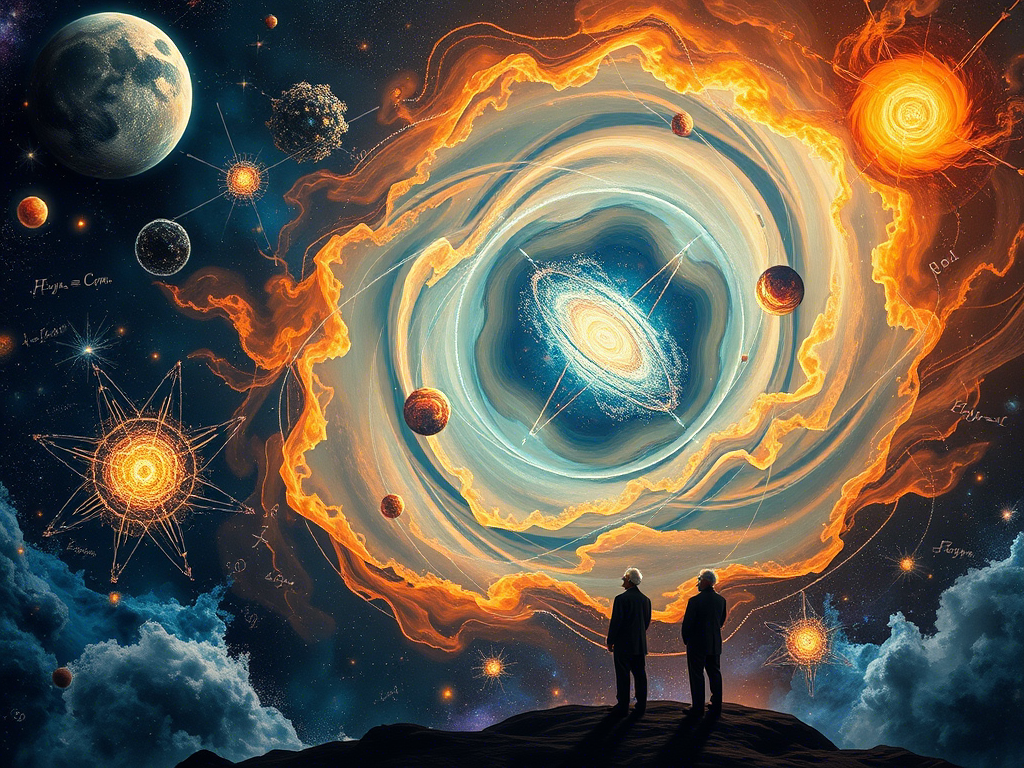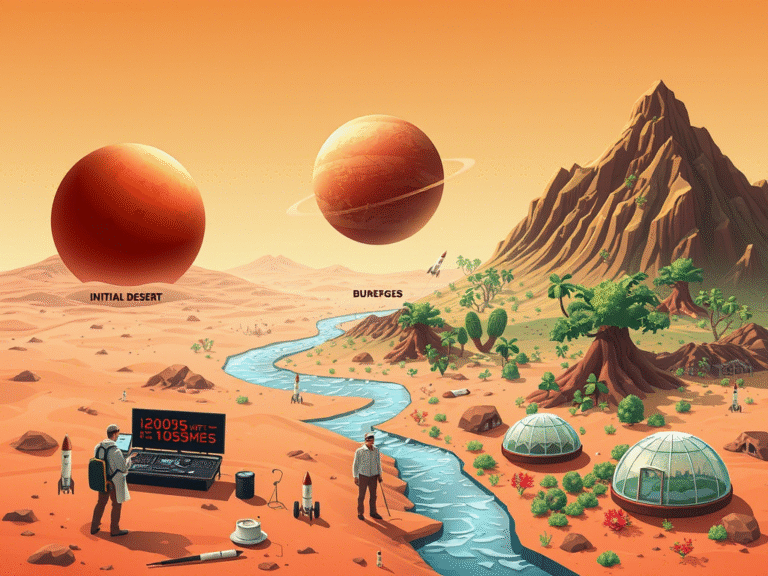A New Quantum Theory of Gravity Could Finally Unite Einstein and Quantum Physics

A New Quantum Theory of Gravity Could Finally Unite Einstein and Quantum Physics
For over a century, two of the most powerful theories in science have lived apart: Einstein’s general relativity , which explains gravity and the large-scale structure of the universe, and quantum mechanics , which governs the tiniest particles of matter and energy.
Now, a team of researchers from Aalto University in Finland has proposed a bold new quantum theory of gravity that could finally bring these two worlds together — a step toward what scientists call the “Theory of Everything .”
This groundbreaking idea not only fits within the Standard Model of particle physics , but also opens the door to solving some of the deepest mysteries in science:
- What really happens inside black holes?
- How did the universe begin?
- Can we describe gravity using the same quantum rules as the other forces?
The researchers believe their model can be tested and expanded through future experiments. And while the theory still needs more work and worldwide collaboration to confirm, it represents one of the most promising steps yet toward unifying all of physics.
As history shows, big ideas in theoretical physics often lead to real-world applications. Just like how Einstein’s theory made GPS possible, this new approach might one day shape technologies we haven’t even imagined.
In a new paper published in Reports on Progress in Physics , researchers Mikko Partanen and Jukka Tulkki from Aalto University in Finland have proposed a bold quantum theory of gravity that could finally unite two of physics’ most powerful — yet long-separated — ideas: Einstein’s general relativity and quantum field theory .
This work may be a major step toward what physicists call a “Theory of Everything” — a single framework that explains all the forces of nature together. Though the term is debated, the goal remains clear: to solve some of the deepest mysteries in science, like what happens inside black holes or how the universe began.
At the heart of their approach is a fresh way to describe gravity using gauge theory — the same mathematical structure used to explain the other three fundamental forces: electromagnetism, the weak force, and the strong force.
Gauge theories rely on symmetry to explain how particles interact through fields. For example, electrically charged particles interact via the electromagnetic field — a classic example of a gauge field. Now, Partanen and Tulkki suggest that gravity might also be described this way , not just as a result of spacetime curvature (as Einstein saw it), but through a similar symmetry-based framework.
This could allow gravity to fit neatly into the Standard Model of particle physics , which already uses gauge theory to describe the other forces.
Right now, quantum mechanics and general relativity are both extremely accurate in their own domains — the tiny world of particles and the large-scale structure of the cosmos — but they don’t agree with each other.
While the theory is promising, the team hasn’t proven it completely yet. They’ve shown that their approach works for basic calculations, but proving it mathematically for higher-order terms — a process called renormalization — is still ahead.
“We believe success is likely,” says Mikko Partanen, “but we’ll know more in the next few years.”
For now, they’re inviting the global scientific community to examine, test, and build upon their work — hoping it will spark a new wave of discoveries.
A Future Shaped by New Ideas
Like earlier breakthroughs in physics — such as relativity and quantum mechanics — this theory has the potential to reshape not only our understanding of the universe but also future technologies.





